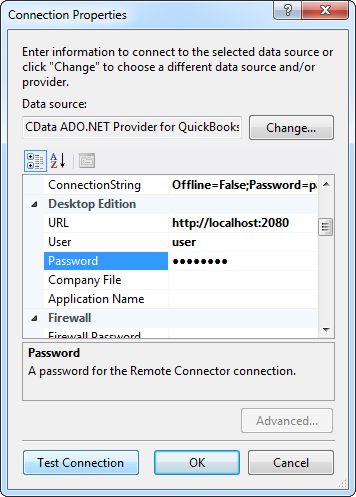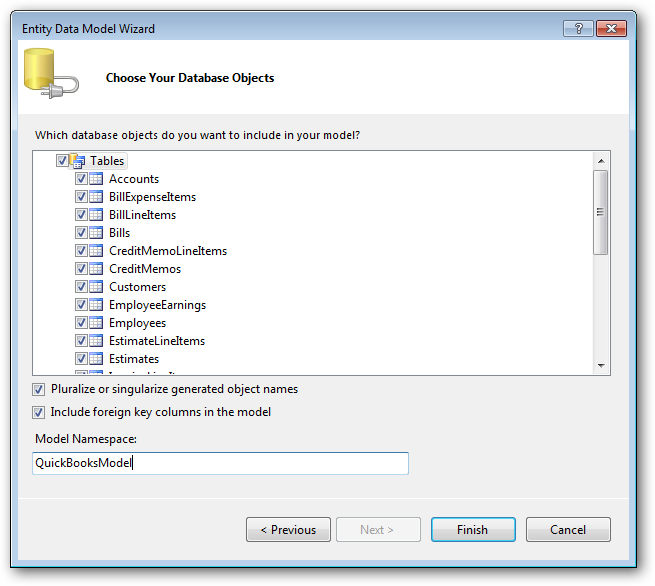Discover how a bimodal integration strategy can address the major data management challenges facing your organization today.
Get the Report →LINQ to Amazon S3 Data
LINQ offers versatile querying capabilities within the .NET Framework (v3.0+), offering a straightforward method for programmatic data access through CData ADO.NET Data Providers. In this article, we demonstrate the use of LINQ to retrieve information from the Amazon S3 Data Provider.
This article illustrates using LINQ to access tables within the Amazon S3 via the CData ADO.NET Data Provider for Amazon S3. To achieve this, we will use LINQ to Entity Framework, which facilitates the generation of connections and can be seamlessly employed with any CData ADO.NET Data Providers to access data through LINQ.
See the help documentation for a guide to setting up an EF 6 project to use the provider.
- In a new project in Visual Studio, right-click on the project and choose to add a new item. Add an ADO.NET Entity Data Model.
- Choose EF Designer from Database and click Next.
- Add a new Data Connection, and change your data source type to "CData Amazon S3 Data Source".
Enter your data source connection information.
To authorize Amazon S3 requests, provide the credentials for an administrator account or for an IAM user with custom permissions. Set AccessKey to the access key Id. Set SecretKey to the secret access key.
Note: You can connect as the AWS account administrator, but it is recommended to use IAM user credentials to access AWS services.
For information on obtaining the credentials and other authentication methods, refer to the Getting Started section of the Help documentation.
Below is a typical connection string:
AccessKey=a123;SecretKey=s123;- If saving your entity connection to App.Config, set an entity name. In this example we are setting AmazonS3Entities as our entity connection in App.Config.
- Enter a model name and select any tables or views you would like to include in the model.


Using the entity you created, you can now perform select commands. For example:
AmazonS3Entities context = new AmazonS3Entities();
var objectsaclQuery = from objectsacl in context.ObjectsACL
select objectsacl;
foreach (var result in objectsaclQuery) {
Console.WriteLine("{0} {1} ", result.Id, result.Name);
}
See "LINQ and Entity Framework" chapter in the help documentation for example queries of the supported LINQ.






